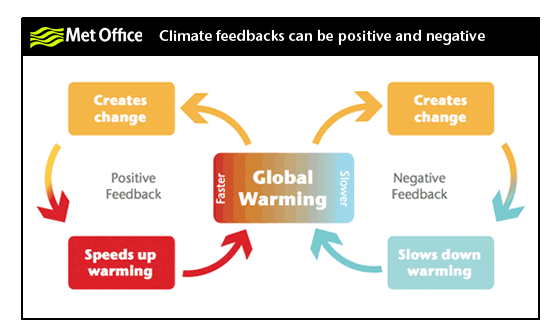 |
| Credit: pixabay |
Planet Earth is warming. Regardless of the whys, and the variety of means to combat temperature rises, if it ends up becoming uncomfortably hot then we can't say we weren't warned. It's happened before.
Step in the Paleocene-Eocene Thermal Maximum. This refers to when it got really hot earlier in the Earth's life (I would give you the exact number of million years, but I find numbers bigger than 100 tend to turn people off. We just can't conceptualise time over such a great span).
Anyway, when the PETM happened, you could have caught Santa sunbathing in the north pole. Some of the impacts are similar to things happening now: the oceans becoming more acidic and sea levels rising.
It also caused some species of organisms - that's precursors to cute animals - to become extinct and ecosystems to migrate. Climate refugees, if you like.
Yes, the planet recovered after the PETM. But this time it's happening much more quickly. According to the University of Exeter (which is running the fascinating Climate Change: The Science course that I'm taking part in):
"The PETM had warming of around 0.025˚C per 100 years. Currently, we’re on track for around 1˚C of warming per 100 years"As part of the course, we're asked:
- Do you think the PETM has some similarities with today’s climate change?
- What lessons can we learn from this event to ensure the impacts don’t happen again?
Undoubtedly there are similarities; a large dumping of CO2 occurred, and it warmed the planet significantly and, by geological standards, quickly. What's more alarming is the difference: the PETM occurred much more slowly than the current anthropogenic climate change we're experiencing. And although some of the outcomes are undoubtedly similar, the Earth is a very different place to the one that experienced the PETM. For a start, there are 7 billion humans on it.
I'm not sure of the lessons learned yet. There seems to be a lot of carbon stored in the ground, so I'm thinking drilling is probably going to be a bad idea. The PETM showed that the Earth heats up a lot more quickly than it can cool itself down again. Has anyone measured the comparative speeds of positive warming and cooling feedbacks? And also, what's the role of trees? Is the albedo effect solely to do with the reflective properties of ice and snow, or are they also cooling because they don't support vegetation? And are trees as important a carbon sink as carbon stored in rocks and volcanoes?



